The Odd Transformation Of Everyday Items
Although humanity hasn’t been around for too long in the grand scheme of things, we certainly have made leaps and bounds when it comes to our ideations and inventions. Throughout time, each idea has been the steppingstone for another expansion of an idea, and it goes on and on.
Some inventions on this list still function the same yet are unrecognizable from their beginnings, while other’s initial purpose is completely different than how they are used today. We’re curious what your thoughts are on a certain everyday item whose inventor was declared a war criminal due to inventing it!
Keeping Track of the Numbers
The first calculator was called the abacus and was a hand operated mechanical calculator that utilized rods and beads. It was created by the Ancient Egyptians around 2000 BC and was used for the next 3600 years.
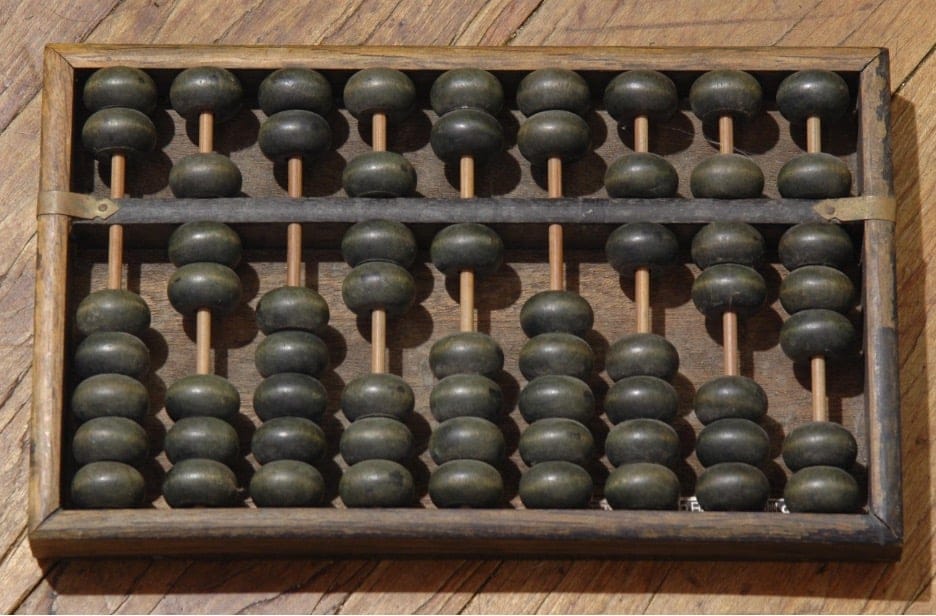
Source: Wikipedia
The first mechanical calculator was invented in 1642 by a French mathematician and used gears that could add, subtract, multiply, and divide. Today, calculators are found on every phone, tablet, and computer.
Treadmill's Roots Can Be Traced Back to Torture
If you think exercising is torture, this bit of history will make complete sense to you. The “treadwheel” was an “everlasting staircase” created by British engineer Sir William Cubitt in 1818. The idea was to usefully employ convicts by using the treadwheel to generate power for pumping water or grinding, although some served no purpose at all except as torture.
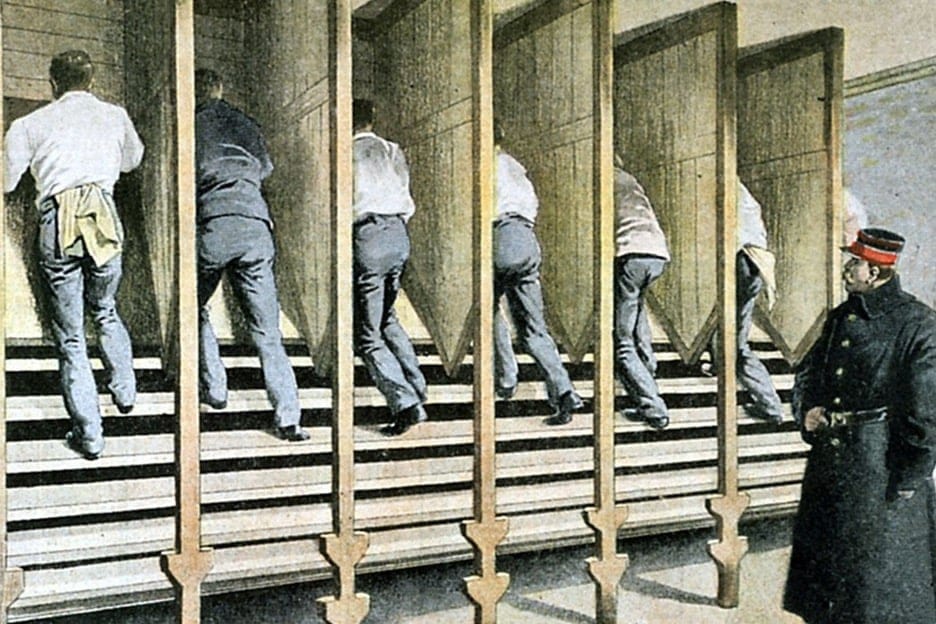
Source: Reddit
The use of treadwheels was abolished in Britain in 1898. Many treadmills were created to be used by animals to generate power, but it wasn’t until 1952 that Robert E. Bruce introduced a treadmill for humans to walk on as a stress-test to observe patient’s vitals and heart health.
Wedding Dresses, A Love Story
Marriage has been around a long time, with many historians agreeing the first marriage was in 2350 BC. However, wedding dresses did not become popular until 1804, when Queen Victoria of England married Prince Albert. Wedding dresses in the 1920’s were dropped waisted, and the headdresses extended over the brow. By the 1950’s the dresses were usually white, or cream and the trains were also very long.

Source: parica.com
The 1980’s dresses were big and long with medium-length veils. Today, we see so much variation and choices in our wedding dresses that it would be hard to completely categorize modern-day wedding dresses.
Ancient Mouthwash
References to mouthwash date back to ancient Chinese, Greek, Egyptian, and Roman literature. The most well recorded instanced were in ancient Rome in 1 A.D. The documents show that Roman would buy bottles of Portuguese urine and use is as a rinse.

Source: businesiInsider.com
Variations were used throughout history (including tortoise blood) until the 18th century when oral bacteria were discovered, and scientists began experimenting with killing bacteria. Ammonia and alcohol were used. Today, alcohol is still used in mouthwash.
The Invention of Television
The first mechanical television was created in 1928 by General Electric and was powered by rapidly spinning wheels. The Octagon Television was produced as an experiment to air the first TV drama, The Queen’s Messenger and had a 3-inch screen.
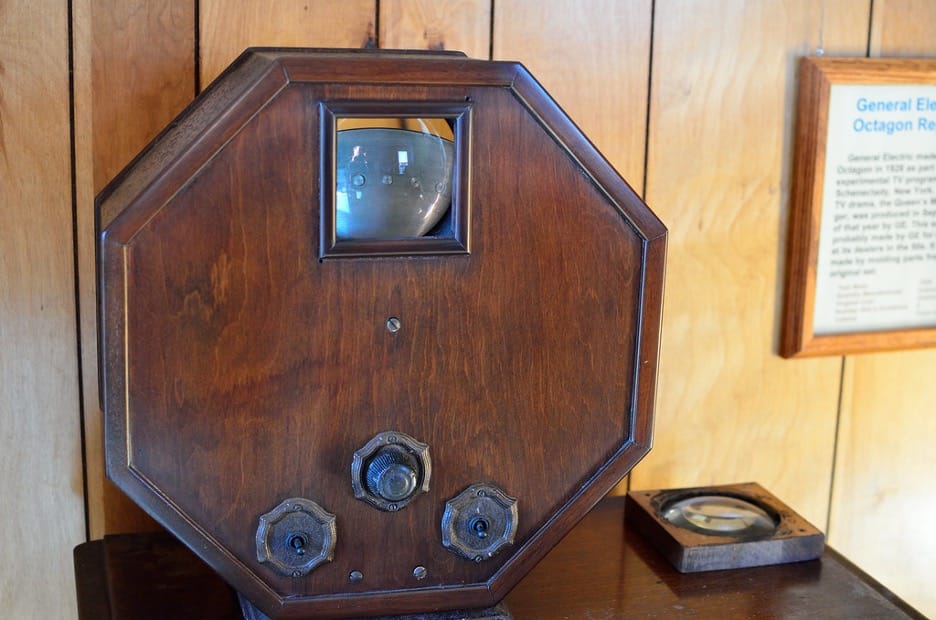
Source: the places I have been
Since then, televisions have gone through a plethora of changes. As it stands, we now have Smart TV’s which was introduced by Samsung and can connect to the internet, have a multitude of apps, and 3D features.
From Bathing Gowns to Bathing Suits
Sea bathing was fashionable in the 18th century, though it was proper to keep the skin untouched by the sun by wearing face-shading bonnets, gloves, and shawls. Women would also sew weights into their bathing gowns to keep it from being picked up by the wind and revealing their legs.
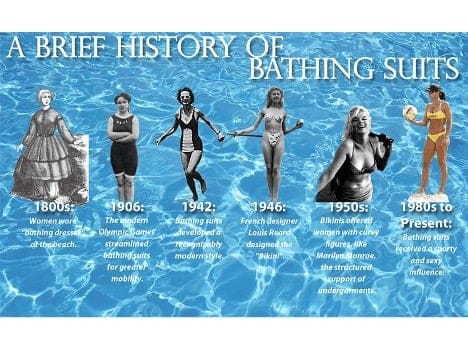
Source: FashionLady
It was not until the 1940’s when the bathing suit was split into two and called a “bikini.” Today, the bathing suit attempts to accomplish the exact opposite of the bathing gowns and aims to let its owner get as much sun as possible.
The Surprisingly Violent Use of the Corset
In the early 16th century, Catherine de Medici introduced the iron corset to the French. It was thought that the corset served as a form of protection from assassination, as most attempts were done by knife. During that time, corsets evolved into linen, and for the upper class, they were made from silk, taffeta, and velvet.

Source: www.makeden.com
Today, we have evolved from corsets to waist trainers, which are made of thick fabric and hard metal boning and is marketed as gradually molding your hips and waist into a well-defined hourglass figure.
We've Always Been Fascinated By Animals
Zoos have been a staple of humanity since ancient Egyptians and Mesopotamia. Zoos were created as reserved collections kept by wealthy people to illustrate their power. They were called menageries.

Source: One Green Planet
The model of the modern zoo became popular in the 18th century, during the Age of Enlightenment, when extra focus was put on science, reason, and logic. This extended to zoology. Today, zoos are meant to entertain and inform the public with a focus on species conservation and research.
High Heels for Everyone
Until the Victorian Era, high heels were historically worn by mostly men, with wealthy women also participating. Heels were worn by ancient Egyptians, medieval Persia, and by 16th century royalty to appear taller and tower over subordinates.
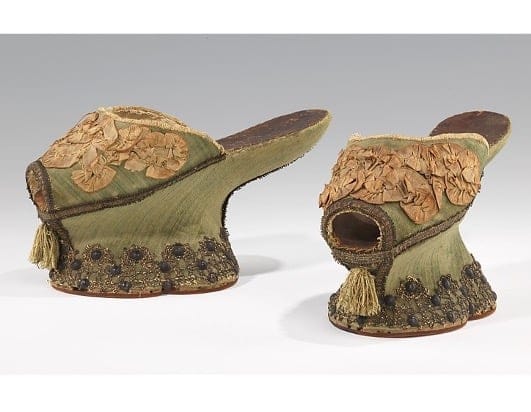
Wikimedia Commons/ MetMuseum.org
In France, after the French Revolution, high heels were removed from the market to leave old aristocracy in the past and avoid the appearance of abundance. By the Victorian era, heels were thinner and thought of as erotic, so men ceased wearing them.
A Whole New Meaning to "Lick the Plate"
In Europe, early versions of plates were made from whole wheat bread that was aged for a few days beforehand and then sliced into two three-inch rounds. Afterwards, the plates would be given to the poor or fed to animals. This lasted well into the 16th century.

Source: Dornob
Plate collecting began in the Islamic world and spread to Europe. Mostly porcelain plates were collected and in the 18th century many royal families and monarchs would collect and display them. Today, we have plates made from plastic, porcelain, clay, wood, and more.
T-Shirts for the Single Men
While it is difficult to think of a before and after with something so structurally ingrained into our daily lives, there was a time when your average t-shirt wasn’t the norm. Before 1904, men wore buttoned shirts and button shirts often lost their buttons.
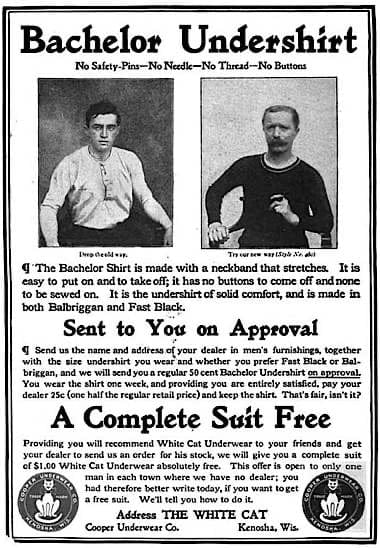
Source: scienceabc.com
Sewing was considered a task for women, which obviously proved a problem for bachelors. That is when the Copper Underwear Company ran an ad to advertise a shirt that was stretchy enough to be pulled over one’s head. Today, you’re more likely to see a man (and a woman) walking around in a t-shirt than a button up.
From War to Wine, The Corkscrew
Modern day corkscrews are typically leading to something good, but at its conception, corkscrews were modeled after a tool of war. The tool was called a “gun worm” and was a metal claw that was used to clear misfired ammunition from musket barrels.
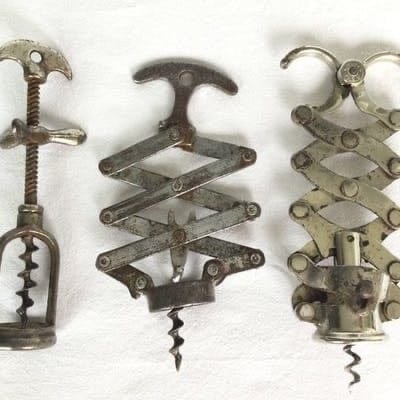
Source: Barnebys
The first official corkscrew patent was filed in 1795 by an English Reverend named Samuel Henshall.
Chainsaws Got Their Start In Medicine
If you are squeamish skip this tidbit of history. The first chainsaw was pioneered by two Scottish doctors in the 18th century and was created to assist in difficult childbirth and removal of dead bone. This was prior to the caesarean section existed.
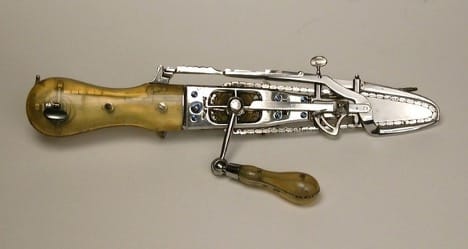
Source: www.timetoast.com
It wasn’t until the 1830’s when a machine using a chain to cut wood is mentioned with specific reference to loggers and wood cutting.
Kleenex As A Gas Mask Filter
Before Kleenex ended up as the go-to tear wiper and nose-blower, these facial tissues were originally developed to work as disposable gas mask filters during World War One.

Source: Grunge
The development of the malleable and thin cellu-cotton was found to be an effective cotton substitute for dressing both wounds and filtering out air that came through gas masks. The Kleenex was invented by Kimberly-Clark and is a far cry from the way we use the famous tissues today.
The Nefarious Beginnings of Fertilizer
Before we were using fertilizer to grow our yards into luscious plots of life, the chemical solution was used as an act of evil and destruction. During World War One, a German physicist named Fritz Haber became known as the “father of chemical warfare.”

Source: starsinsider.com
Haber developed and weaponized poisonous gas. Eventually he was declared a war criminal. Today, fertilizer isn’t recognized for its nefarious beginnings.
A Timid Doctor's Hesitation Led to the Stethoscope
In 1816 a French doctor inadvertently invented the stethoscope due to his embarrassment at touching women. At the time, doctors would press their ears to patient’s chest to gauge their heart. However, René Théophile Hyacinthe Laënnec felt ashamed to put his face so near to women’s chest, so he rolled a large tube of paper to allow him to listen from a distance.
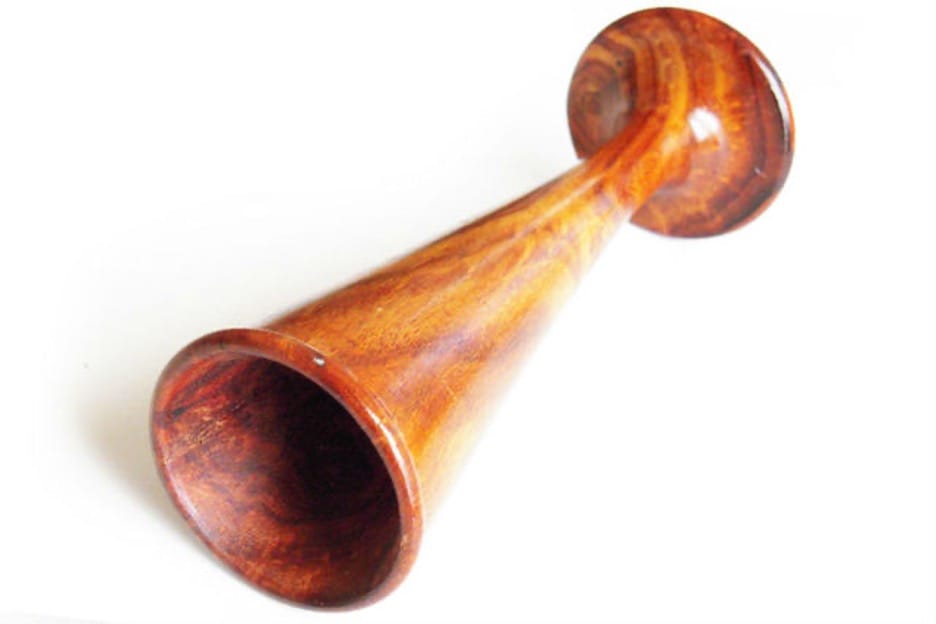
Source: www.timetoast.com
By 1829 the stethoscope had evolved to an actual device, however it made it, so the doctor had to have a specific position to accurately listen to the patient’s heart which was uncomfortable. Today, we have incredible listening devices with complete ease of access.
The Invention of Anesthesia
Before the invention of anesthesia, the faster a doctor could perform a surgery, the more highly regarded they were. This was due to patient’s being awake during their surgeries. Oftentimes, patients would be hit unconscious or given copious amounts of opium or alcohol to help them through.
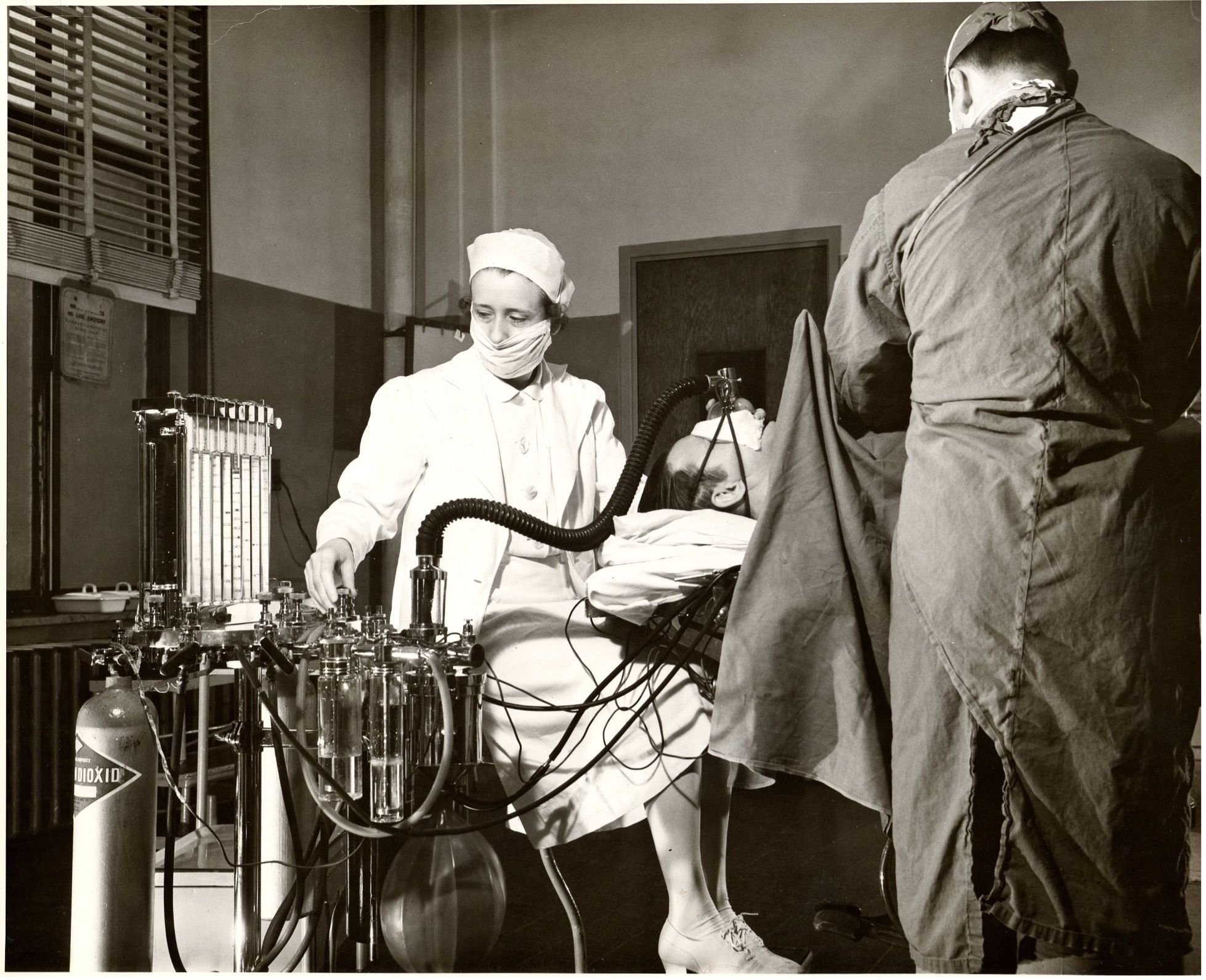
Source: Pintrest
On October 16th, 1846, a dentist named William T.G. Morton used sulfuric ether to anesthetize a man. This was successful, and subsequently chloroform was discovered as an anesthesia as well. Today the most regularly used anesthesia include halothane, enflurane, isoflurane, methoxyflurane, and nitrous oxide.
Facial Hair Be Gone! Razors are Here
Evidence of razors can be found on the walls of prehistoric people (such as shark teeth and flint knives) and in the 4th millennium BC in some Egyptian tombs (such as gold or copper razors).
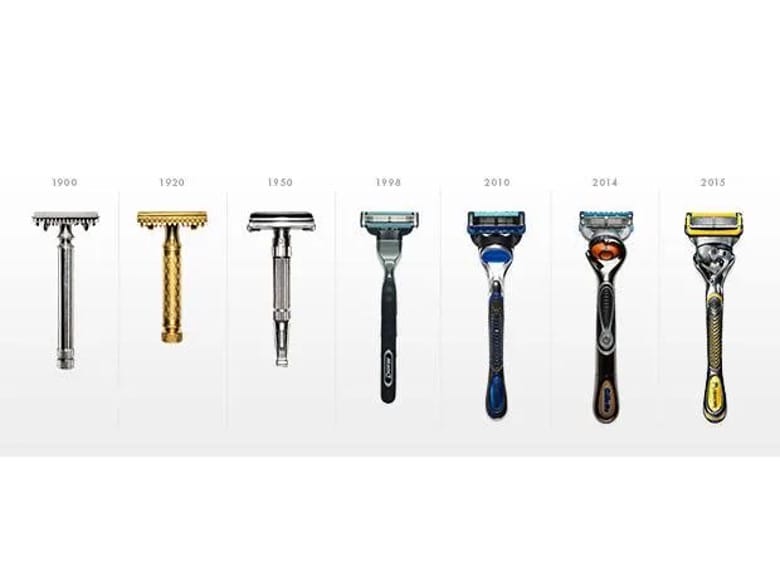
Source: bosem.in
Shaving wasn’t comfortable or safe until Gillette teamed up with an MIT professor to figure out a way to stamp blades out of sheets of high-carbon steel, finally creating their first batch by 1903. Gillette’s idea was to create something that people bought, used, and threw away. Today, this model is still followed though we can buy razors that have replaceable heads and forever-use bodies.
The Evolution of Contraceptives
Contraceptives date back to at least 1500 B.C in Egypt, where records indicate women would create a solid paste called pessary that they would insert into themselves before intercourse. The first known form of a condom also came from Egypt and was a goat bladder, dating back to 3000 B.C.

Source: interestingengineering.com
In 1844, Charles Goodyear patented the vulcanization of rubber, leading to the mass production of rubber condoms. Today, we have a multitude of hormonal and physical options for both men and women for birth control.
Oneida Limited, From Commune to Cutlery
Today, Oneida Limited is a behemoth tableware and cutlery manufacturer and seller and is one of the world’s largest designers and sellers of stainless steel and silver plated cutlery and tableware to boot. However, at its conception, Oneida was a religious commune in New York, founded by a radical utopian philosopher named John Humphrey Noye.
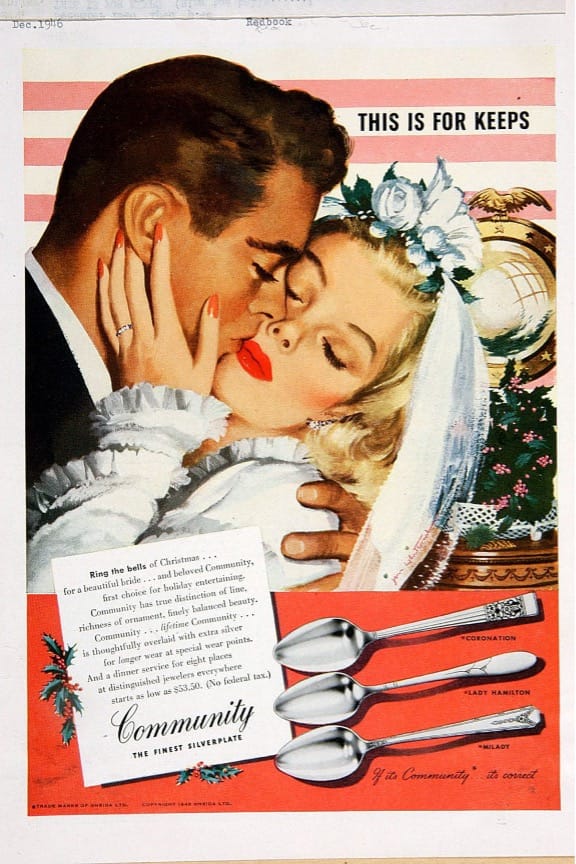
Source: WBUR
Noye promoted free love and unusual contraception methods. Silverware making was simply a side business to generate money, however the commune’s decline allowed him to turn it into a full-scale operation.
The Invention of Mechanized Warfare, the Tank
The history of tanks begins in World War One when steel-clad all-terrain vehicles were introduced as a response to the issues brought on by trench warfare. This ushered in mechanized warfare and became a mainstay in ground armies.
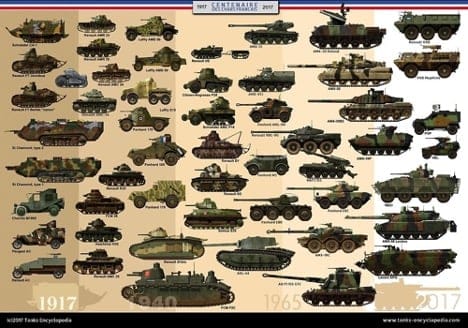
Source: Pintrest
Today, the tank is still widely used, with around 60,000 active tanks worldwide. China has the most tanks, clocking at over 7,000, Russia has around 3,300, and the United States jas around 2,850.
The Tongue of the Mind, Pens
A pen, one of humanity’s most important developments. They began in ancient Egypt as hollow tubular marsh grass was filled with writing liquid and evolved to the quill by the 6th century in Seville, Spain. The quill was made from the feathers of birds and then dipped into ink.

Source: YouTube
In 1822, the steel point pen was invented by John Mitchell Birmingham. By 1827, the fountain pen was invented and removed the need to constantly dip pens into ink. Finally, in 1943 the ballpoint pen was created which introduced quick-dry ink.
Showers Used to Only Be for the Rich
The evolution (and ever-evolving) shower has taken leaps and bounds with its adjustments. Around the 1900’s, the rich invested in washstands and hip baths in the bedroom, but it wasn’t until the 1920’s that showers began to infiltrate middle-class homes within the U.S, particularly in new homes.

Source: www.ranker.com
You can see the contrast of the shower over the porcelain enamel bathtub with the tiled shower that has a removable shower head and plenty of space to move, sit, and store products.
Typewriters to Computers
The evolution of the typewriter to the modern-day computer is quite amazing. Typewriters are a means to typing characters onto a single piece of paper via an inked ribbon that responds to each key hit.

Source: Pintrest
If a mistake was made, that was too bad! You could start over or accept the mistake. Today, we do our key-striking on computers with screens and “backspace” buttons. You certainly wouldn’t be reading this article on your typewriter.
The Development of the Car
Though the first gasoline car was invented in May of 1886 by Karl Benz, the concept dates to the 15th century when Leonardo da Vinci was creating designs and models for transport vehicles.
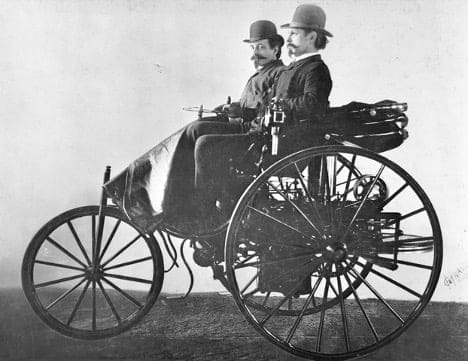
Source: Letsweekly
Prior to the gasoline automobile, an inventor in France in 1769 built the first steam vehicle, and in 1832 the first electric carriage was created by an inventor in Scotland. Today, we have mostly gasoline automobiles, but efforts are being made towards hybrid and/or electric cars for the betterment of the environment.
The Invention of Video Games and the Evolution of Graphics
Video games have had a stellar evolution since their conception in 1952, when a British professor created OXO, a tic-tac-toe game that was a part of his doctoral dissertation at the University of Cambridge.

Source: pocket-lint.com
Since then, the graphics have gone from cubic and unrealistic to incredibly realistic and life-like. Not to mention the latest developments in virtual reality which are hyper lifelike and immersive.
How We Read Has Changed a Lot
Humanity has been documenting themselves since ancient times, telling stories and archiving history. One of the first “books” can be found in ancient scrolls which date back to the 4th millennium BCE and are pictured below.

Source: Artnet News
Codices (or singularly a “codex”) more closely resembles a modern-day book and was created by the Romans as early as the 1st century CE. Today, many of us read our content on eBooks and online, however the significance of books is timeless to the evolution of humanity.
Head Safety Had Soft Beginnings
The original football helmets were called “Circa” helmets and were soft with very thin padding and leather. These late 1800 of course provided very low protection for players. The first plastic helmets did not appear until 1939 and was created by John T. Riddell.

Source: Timetoast
The Riddell company still leads the football helmet and gear industry and has since created much more effective helmets with padded interiors and harder and smoother plastic on the exterior.
Cleaning Get a Win with the Invention of Vacuums
In 1860, a man from Iowa invented a carpet sweeper that would become the predecessor of the vacuum cleaner. It had a rotating brush and bellows which generated suction; however, it was never mass produced.
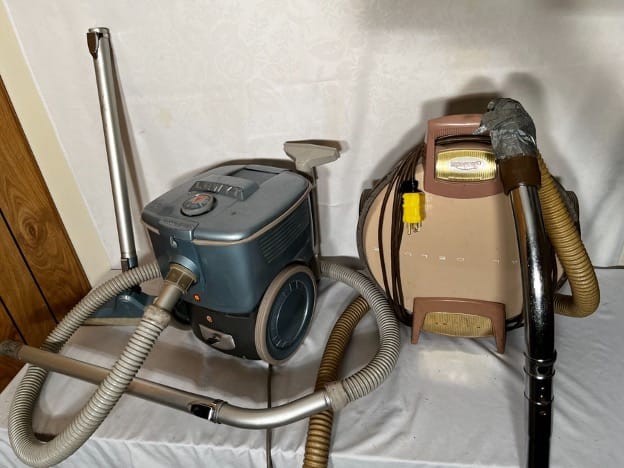
Source: iCollector.com
The vacuum cleaner went through a flurry of evolutions (as many as nearly one a year since 1898) and by the 1920’s the bag and wheels that we’ve come to rely on were implemented. In 1969 the first self-propelled vacuum was invented. By 2002 we had the Roomba, which utilized AI sensors and cleans a room without any human involvement.
Humans Have Nearly Always Valued a Clean Mouth
The origins of teeth cleanliness date back to prehistoric times when humans would use horsehair and twigs to remove particles from in between their teeth. Dental floss wasn’t widely used as a product until the 19th century when in 1815 a dentist from New Orleans came up with a thin, waxen silk thread to help patients keep their mouth clean.
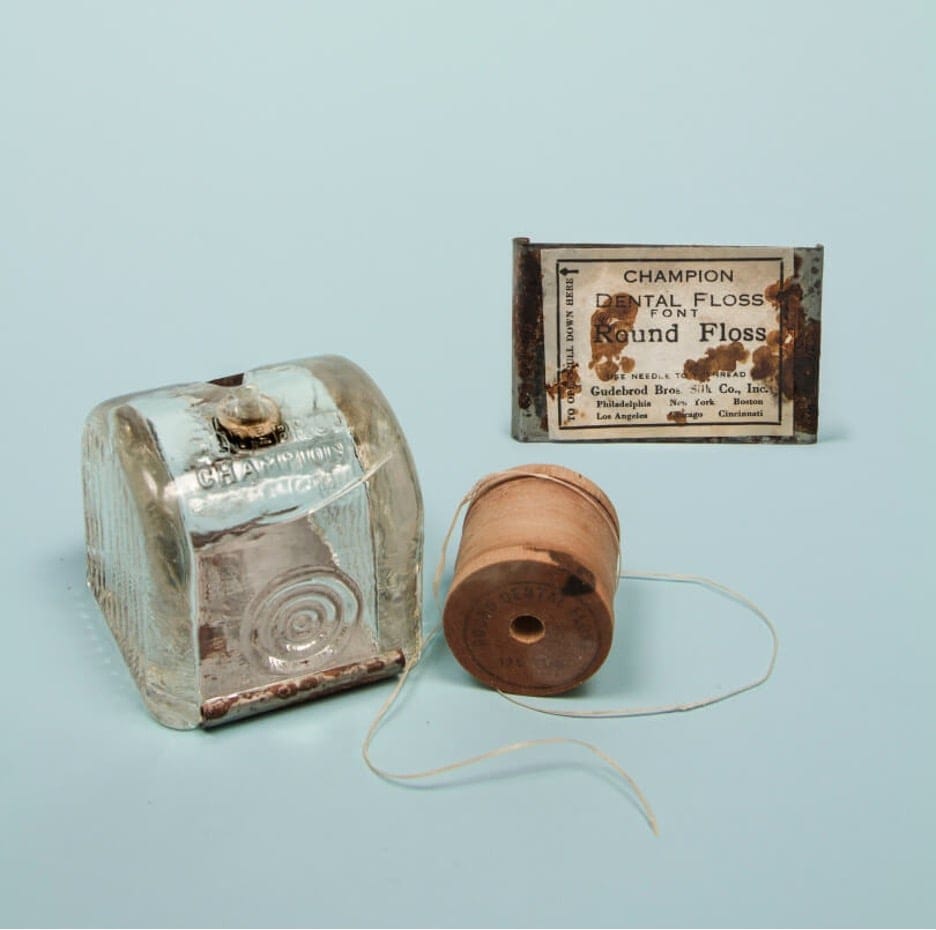
Source: Different Truths
By the 20th century, silk floss had phased out and was replaced with nylon floss which is more durable and cost efficient. Today, there is such an array of variety and flavors, we really have no excuse to not take care of our teeth.
The Unfortunate Staying Power of Plastic
The invention of plastic was viewed as a miracle in 1907 when Leo Baekeland invented Bakelite, the first fully synthetic plastic, meaning that is contained no molecules found in nature. Initially, plastic was to be used for items that were for long term use. However, with the low price point, strength, and durability, it quickly became a widely used product for one time use items.
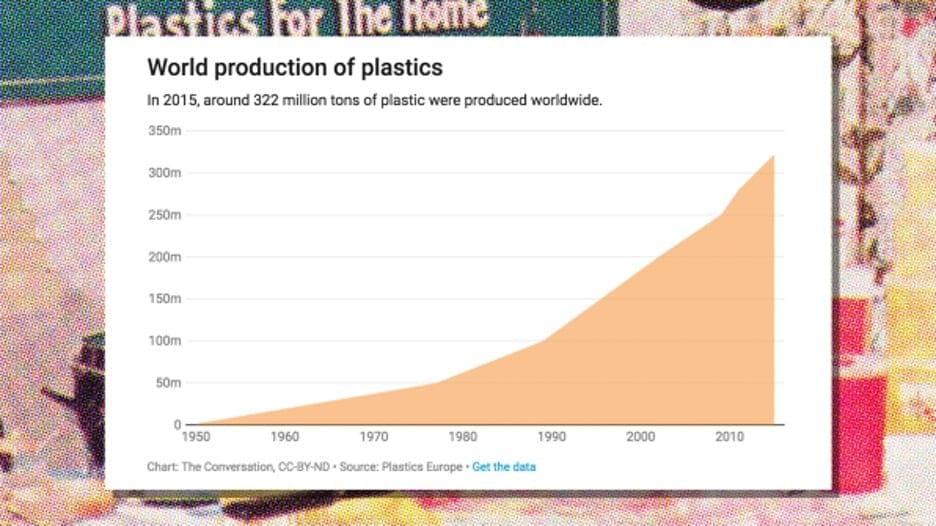
Source: Fast Company
Plastic does not decompose, meaning that all plastic that has ever been produced is still present in the environment since the plastic boom of the 1950’s.
Pencils Have Been Around a Long Time
Ancient Roman scribes used something called a “stylus” (sound familiar?) which was a thin metal rod that left readable marks on papyrus. Other early styluses were made of lead.
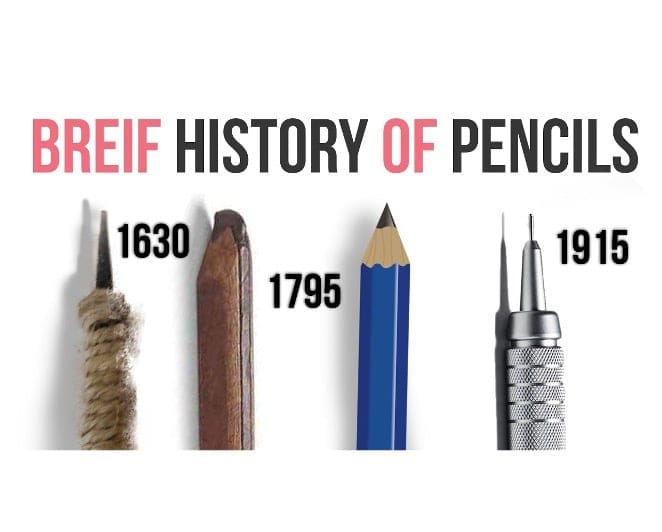
Source: YouTube
Graphite came into widespread use after a large graphite deposit was found in England in 1564. It proved darker than lead, however it was more brittle and required a holder. Originally it was wrapped in string, eventually evolving to wooden sticks. Today, the wooden stick/graphite is still common, along with plastic and refillable mechanical pencils.
Humans Learn to Track Time
Sundials were the first device created and used by mankind to track time. It was first created by the Egyptians and was invented around 100 AD. In 520 AD, the Chinese invented the candle clock, which had a wax candle start at a certain height and melt to a lower height. The idea was that the increments that were melted tracked the time.

Source: Projects at Harvard
The modern-day timekeeping element of a clock is a harmonic oscillator that vibrates at a particular frequency. The object can be a pendulum, a tuning fork, a quartz crystal, or the vibration of electrons in atoms as they emit microwaves.
Mapping Out the World
The first empirically correct map was created Diogo Ribeiro, a Portuguese cartographer who created the first scientific world map in 1527. Ribeiro used empiric latitude observations to trace the world’s coastlines.
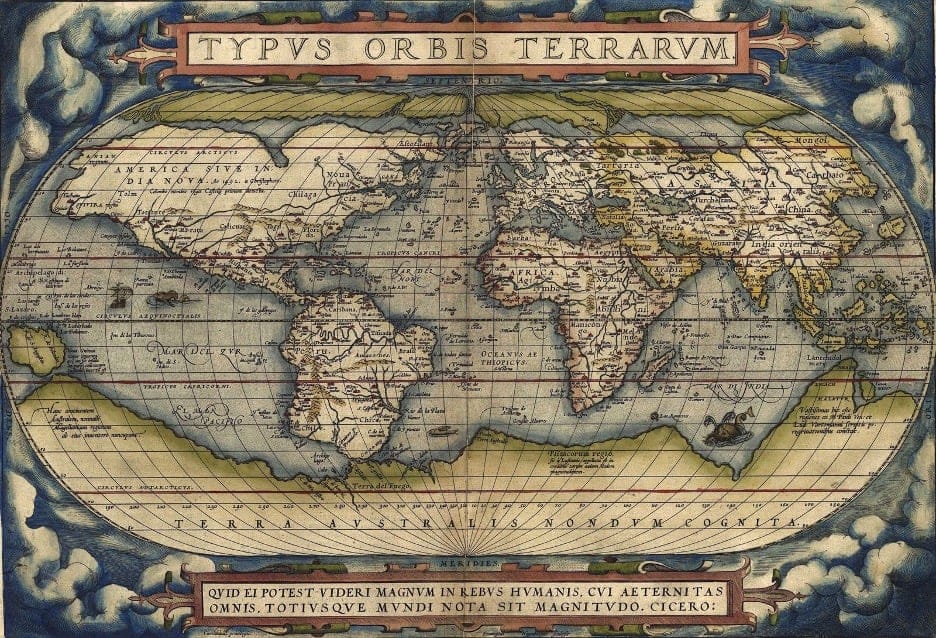
Source: Encyclopedia Britannica
Fast-forward to 1929 when humans began using airplanes to photograph large land areas and document them for maps. Today, the concept of a physical map has evolved into GPS, or global positioning system, which has been installed into computers and phones for ease of access.
The Building Blocks of the Internet
Arguably one of the most important inventions in recent history, the internet was not invented by one person alone, it was a collection of ideas built upon each other. Initially, in 1959. it started as a communication network with no central command point meant to control the U/S Air Force fleet if a nuclear attack ever happened.

Source: readwrite.com
What we use today, the modern internet, most closely resembled Tim Berners’ model in 1989. He christened it the World Wide Web, which was as he put it “…a power in arranging ideas in an unconstrained, weblike way.”
The Evolution of Visual Documentation
The first commercially advertised photographic camera was built by Alphonse Giroux in 1839 and allowed people to take pictures in black and white.

Source: World Atlas
Many variations came out of this invention, including in 1948 when the Instant Camera (aka the polaroid) that could create positive prints in under a minute. In 1981, the digital camera was invented and by 1999 Samsung had put one of the first built-in camera into a cell phone.
The Effort it Took to Listen to an Album
Before we had access to essentially every song we desired, civilization had to put forethought into their music experience. Vinyl required the purchase of a record which was stored in a sleeve, putting it on the turntable, adjusting the needle and flipping it on.

Source: Family Tree Magazine
Compare that to the intensely personalized and lightning access way music is now listened to and shared. It creates a large contrast and amazing arch of the music streaming evolution.
